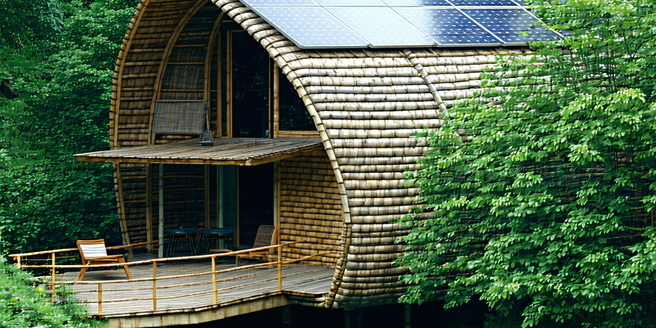Cost-effective Housing Solutions

Exploring Affordable Building Materials
Using cost-effective building materials can significantly reduce construction expenses. Opting for locally sourced materials such as bamboo, reclaimed wood, and recycled metals not only curtails transport costs but also supports local economies. Innovative materials like compressed earth blocks and insulated concrete forms pave the way for sturdy yet economical structures. These materials not only offer durability but also have lower environmental impacts compared to conventional options. Additionally, advancements in 3D printing technologies have made it feasible to construct homes with reduced material wastage. Sustainable materials, which are increasingly becoming competitive in pricing, help maintain a balance between affordability and quality. By embracing such materials, communities can encourage sustainable construction practices while making housing accessible to a broader demographic. Emphasizing these resources is key to evolving progressive, cost-efficient housing models.
Innovative Design Techniques for Savings
Integrating innovative design approaches can lead to substantial savings in housing projects. Open floor plans, for example, maximize space efficiency, making smaller homes viable without compromising comfort. Prefabrication and modular designs allow for quick assembly, reducing both labor costs and construction time. Designing multi-functional spaces curtails the need for additional square footage, hence lowering material requirements. Incorporating passive solar design strategies reduces dependence on artificial heating and cooling, ultimately leading to energy savings. Simple design adaptations, such as optimizing natural light and ventilation, not only cut utility bills but also enhance overall living conditions. Using durable, low-maintenance materials in these designs mitigates future repair expenses. By focusing on functionality and effective space utilization, designers and builders can offer affordable yet comfortable living spaces that meet the growing demand for budget-friendly homes.
Maximizing Energy Efficiency
Achieving energy efficiency in homes is crucial for reducing long-term living costs. Implementing passive house principles, such as superior wall insulation and airtight construction, significantly decreases heating and cooling needs. Utilizing energy-efficient appliances and lighting further curtails energy consumption. Renewable energy sources like solar panels and wind turbines offer sustainable alternatives, capable of long-term cost reductions on electricity. Moreover, smart technology integration can optimize energy use by adjusting heating, cooling, and lighting based on occupancy. Leveraging natural resources for temperature control, such as thermal mass and strategic shading, enhances indoor comfort with minimal energy input. Retrofitting existing homes with energy-efficient upgrades also presents opportunities for significant savings. Prioritizing energy efficiency contributes to lower utility expenses, while also fostering eco-friendly living that benefits both the environment and the homeowner’s wallet.
Community-Based Housing Initiatives
Community-based housing initiatives offer innovative solutions for creating affordable homes. By pooling resources, residents can build housing cooperatives where costs are shared, leading to reduced prices per unit. Participatory planning encourages local input, ensuring that developments accurately reflect the needs and preferences of residents. Municipalities and non-profit organizations often collaborate to provide land or funding subsidies, further decreasing overall expenses. Building these initiatives around shared amenities, like gardens or playgrounds, not only conserves space but also strengthens community bonds. Involvement in construction and maintenance can also reduce costs, as local residents contribute labor. Moreover, emphasizing community-driven models fosters a sense of ownership and stability, empowering residents and encouraging long-term involvement. Such collective approaches highlight the power of community collaboration in addressing housing affordability, creating sustainable solutions that serve the needs of diverse populations.
Financing Options for Budget-Friendly Homes
Exploring diverse financing options is vital for increasing access to budget-friendly homes. Traditional mortgages may not be feasible for everyone, hence alternatives like microfinancing and rent-to-own schemes can be more accessible. Government-backed loans and grants offer lower interest rates, reducing the financial burden on homebuyers. Cooperative housing models also present funding opportunities where costs are distributed across members. Additionally, forming partnerships with non-profits can provide access to interest-free loans or construction subsidies. Crowdfunding platforms enable community investment, allowing individuals to support local housing initiatives. Education on financial literacy further equips buyers with the knowledge to make informed decisions, ensuring that they can navigate complex financing landscapes effectively. By harnessing these varied financial tools, individuals and families can secure affordable housing that aligns with their economic capabilities, making homeownership a reality for a broader segment of the population.